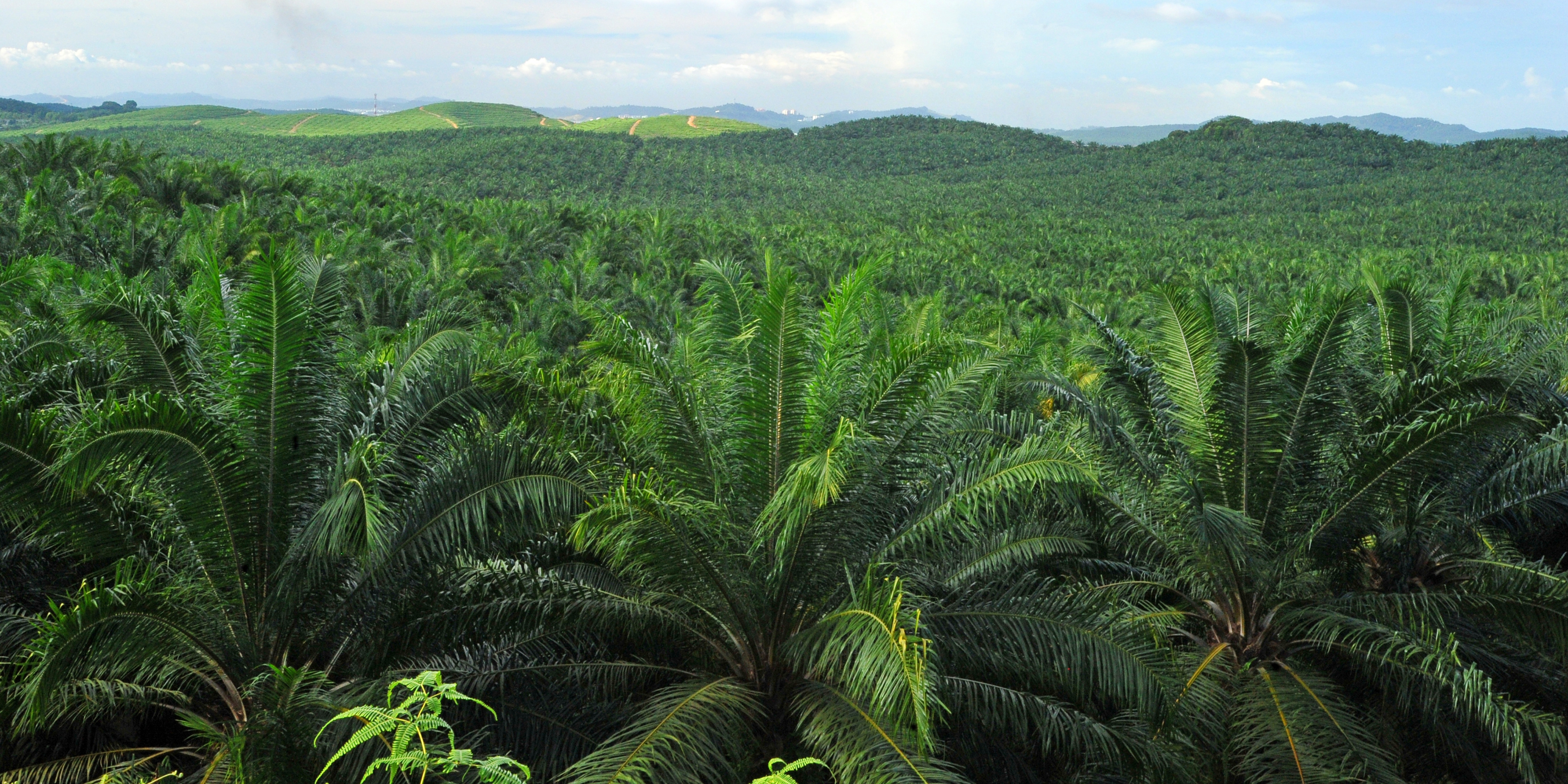Written by Alisa - 4 Minutes reading time
Scientists unlock “rainforest saving” technology to formulate functional oil, protein and fibers for F&B

Scientists in Brazil have used a novel extraction technique — based on ethanol as a “natural solvent” — to process the whole fruits of the macauba palm tree and extract edible oil and high-quality protein and fibers. These upcycled ingredients possess functional properties such as emulsification, water and oil binding capacity that can be applied across the food, packaging and pet food industry.
Fraunhofer IVV branch lab in Campinas, Brazil, developed the extraction method up to the pilot scale, applied for a patent and transitioned to commercial application in 2023. This led to a recent spin-off from Fraunhofer IVV - Macauba Ingredients, based in Freising, Germany, which is now inviting partners and investors in the business.
Macauba palm is a wild-growing native plant in Latin America from Argentina to Mexico, that can grow in rain as low as 350 mm per year and improve the soil quality of degraded pastures.
“Macauba has a great potential to become a leading protein in the future, as it is neutral in taste and has a very valuable amino acid composition. Besides the protein, the fiber fraction is very interesting: it has high nutritional properties and is usable in all kinds of foods as tasty, healthy and functional ingredients,” Dr. Peter Eisner, CEO of Macauba Ingredients, tells Food Ingredients First.
“We can produce 2.5 metric tons of [macauba] oil per hectare, which I think is a very nice approach. Moreover, Brazil has 150 million hectares of pasture land, so we can produce a huge amount of oil there.”
“In parallel, Macauba will protect the rainforest, since we use other land outside the rainforest and can heal the degraded pasture land damaged by the animals.”
“Additionally, we can process biodegradable packaging material from the fiber. So to summarise: Macauba has a great potential to become a game changer in plant oil and food ingredient production in the future,” he continues.
The macauba fruit can produce highly valuable functional and “tasty food proteins” by up to 0.35 metric tons per hectare. It also yields up to 1 metric ton per hectare of nutritional fibers for food and packaging applications, according to the company.
Safeguarding rainforests
Global vegetable oil production has more than doubled in the past 20 years and is projected to spike by 6 million metric tons annually, reaching more than 330 million metric tons by 2040, says the company.
Soybean and palm oil are currently the dominant raw materials, with a market share of 62%. Nearly 13 million hectares of rainforest are cleared each year to make space to cultivate these crops, which can lead to large scale destruction of the world’s tropical rainforests, warns the company.
Dr. Eisner points out that since macauba is a palm tree that grows even in dry regions with low water and low rain, “there is no need to put this in the rainforest region where we normally have a lot of rainfall. It can be produced in very poor regions with poor soil, and it can be produced, interestingly, on pasture land.”
Growing these palms as crops also unlocks biodiversity benefits such as creating a moist microclimate and secure habitat for many organisms that live underground. Farming these palm trees also helps to store about 20 metric tons of CO2 per hectare per year.
Bright and functional proteins
The proteins from the macauba fruit are derived from the residue kernel and are usable in the same way as all kinds of plant-based proteins — milk, meat substitutes, protein-enriched bakery goods, pasta etc., reveals Dr. Eisner.
They have a bright color, neutral smell and taste, offering a significant advantage over soybeans or peas, largely attributed to the “high oxidation resistance of the seed fats involved” — which prevents the formation of bitter, astringent and “beany” oxidation products.
Moreover, the methionine content of macauba protein can compensate for the essential amino acid’s deficit found in soy and pea protein. “Thus, a combination of soy or pea with macauba would increase the nutritional quality of the established protein sources.”
Meanwhile, the fibers are derived from the residue pulp after oil extraction and can be used as a highly valuable alternative to citrus fiber. “The soluble fraction is even better: it can substitute locust bean gum — a very expensive hydrocolloid in the food industry,” he states.
A palm oil replacement?
The F&B industry has been leaning toward lowering its palm oil dependence for a while now, considering its health implications — owing to a high saturated fatty acid content — and its association with deforestation.
For instance, scientists are tapping into microalgae and linseed by-products, fiber and rapeseed oil to formulate palm fat replacers for use in bakery products.
When it comes to macauba, the fatty acid composition of its pulp oil behaves “similar to olive oil,” and the kernel fat fatty acid composition is “comparable with palm kernel oil”, explains Dr. Eisner.
“The kernel fat is a 1:1 substitute for palm kernel fat, so it will compete without a negative impact on the environment. The pulp oil is similar to olive oil but can be modified to increase viscosity. There is some work in Brazil to reach this goal exactly, to substitute palm oil,” he concludes.
Interested in the dynamic Food Science Industry? Let our experts guide your career. Explore how we can help you today! Discover the possibilities here.
Also published by Foodingredientsfirst.com
Want to stay informed about current Life Science and recruitment news on a regular base? Then register here for free.
